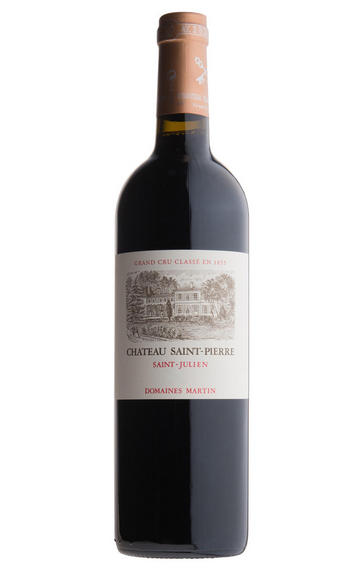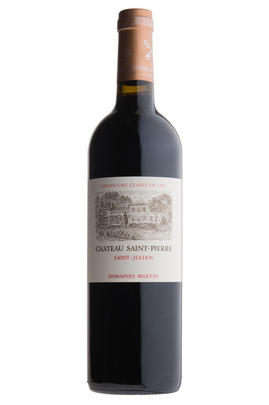
Critics reviews
Robert M. Parker, Jr. - 01/01/2003
About this WINE

Cabernet Sauvignon Blend
Cabernet Sauvignon lends itself particularly well in blends with Merlot. This is actually the archetypal Bordeaux blend, though in different proportions in the sub-regions and sometimes topped up with Cabernet Franc, Malbec, and Petit Verdot.
In the Médoc and Graves the percentage of Cabernet Sauvignon in the blend can range from 95% (Mouton-Rothschild) to as low as 40%. It is particularly suited to the dry, warm, free- draining, gravel-rich soils and is responsible for the redolent cassis characteristics as well as the depth of colour, tannic structure and pronounced acidity of Médoc wines. However 100% Cabernet Sauvignon wines can be slightly hollow-tasting in the middle palate and Merlot with its generous, fleshy fruit flavours acts as a perfect foil by filling in this cavity.
In St-Emilion and Pomerol, the blends are Merlot dominated as Cabernet Sauvignon can struggle to ripen there - when it is included, it adds structure and body to the wine. Sassicaia is the most famous Bordeaux blend in Italy and has spawned many imitations, whereby the blend is now firmly established in the New World and particularly in California and Australia.



Buying options
Add to wishlist
Description
Ch. Saint Pierre, as it is known today, was named after its new owner, Baron de Saint Pierre who bought the estate in 1767, however like a few other properties in the Médoc, it has a rich history and was first planted back in 1693. It changed hands after the death of the Baron de Saint Pierre from 1832 onwards. Today it is owned by Jean-Louis Triaud, the Chairman of the Girondins de Bordeaux football club. Located in the sector of St Julien known as Beychevelle, the vineyard covers 17 hectares.
The 1996 Ch. Saint Pierre is a wine showing maturity with a complex nose exuding notes of tobacco leaves, spices, cedar wood, smoke and gravel. On the palate, it displays a classic if not an old-school Claret style showing power and density, the bottle age adding refinement and finesse as well as notes of dried tea leaves. Decant prior to drinking.
wine at a glance
Delivery and quality guarantee